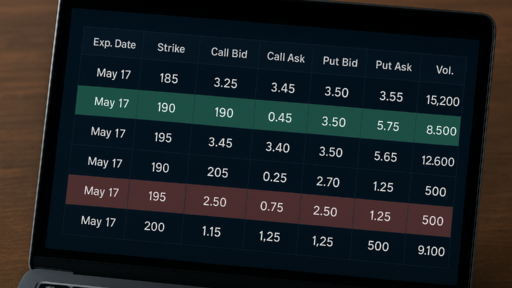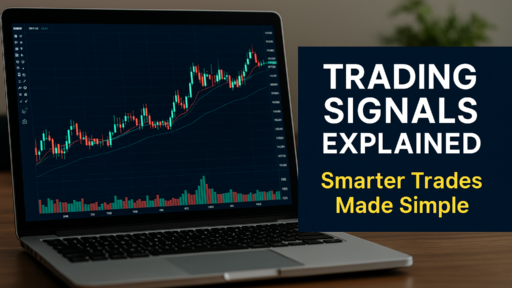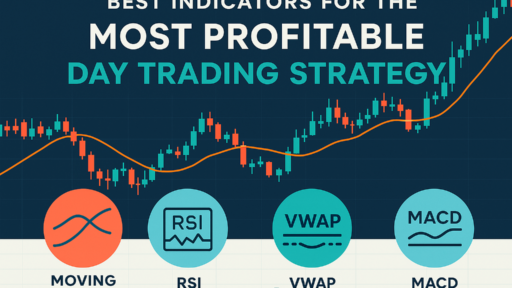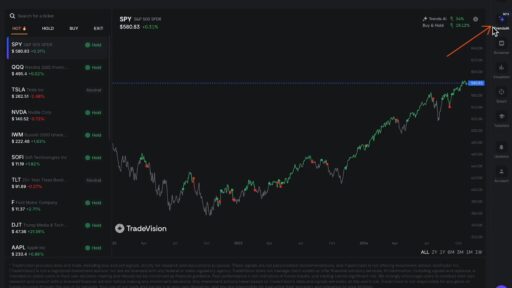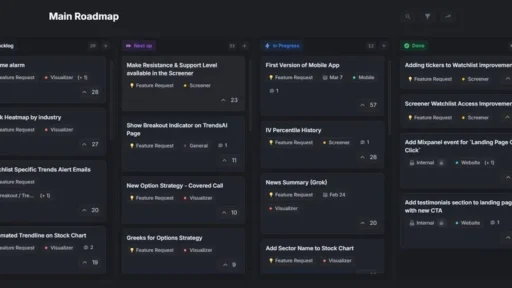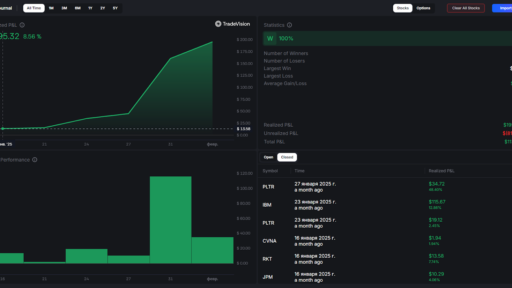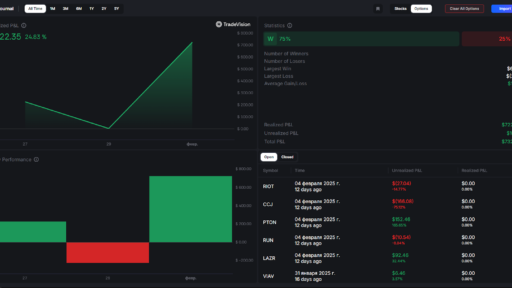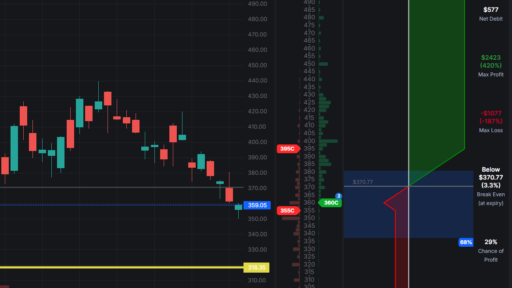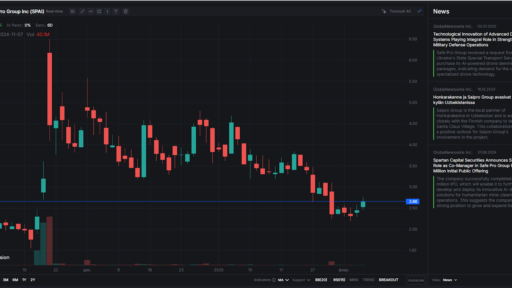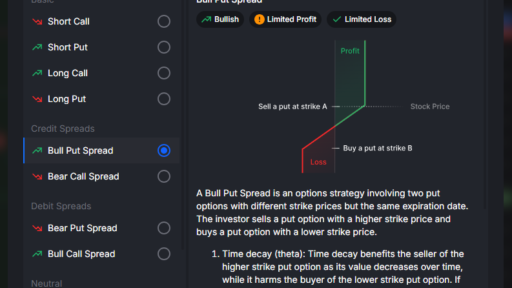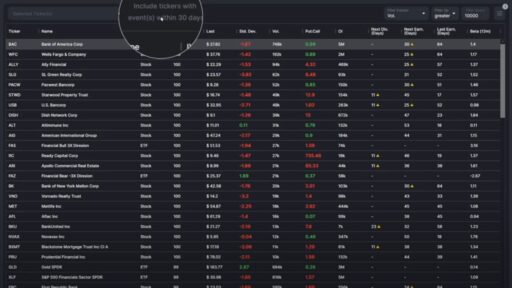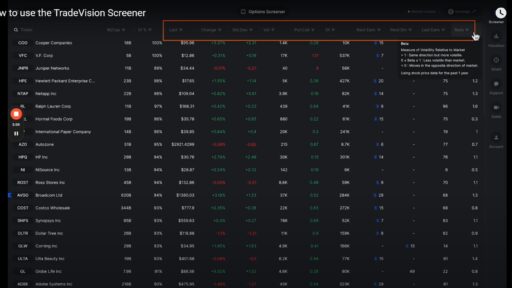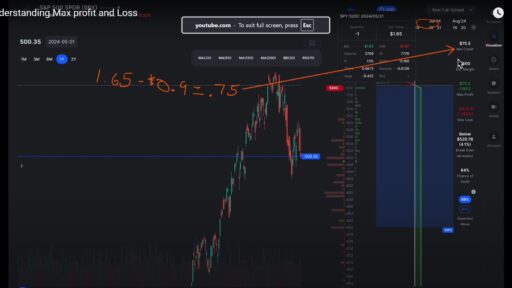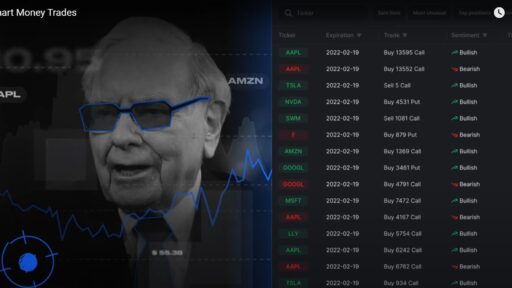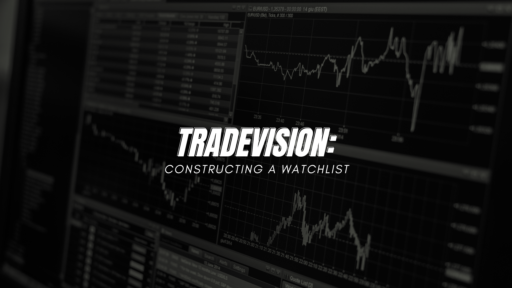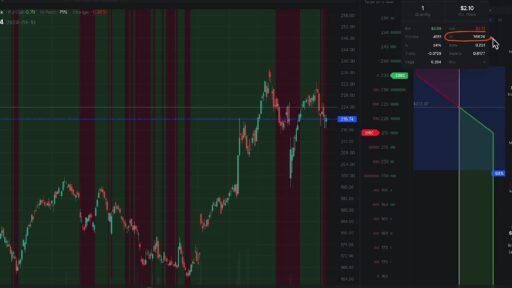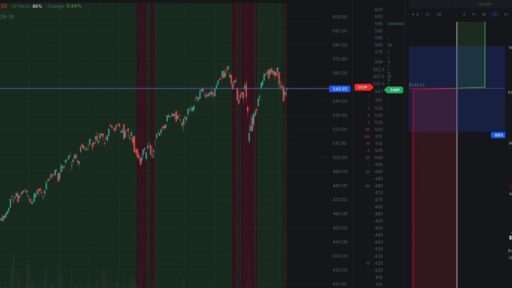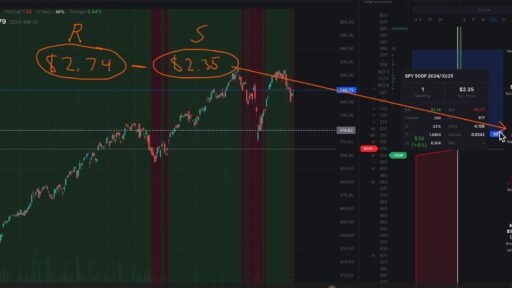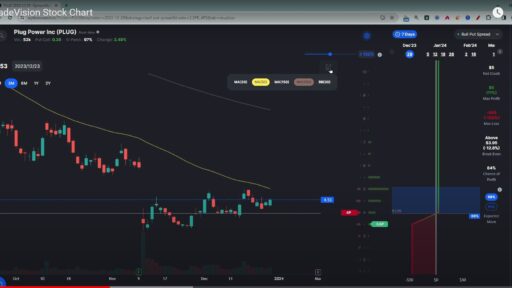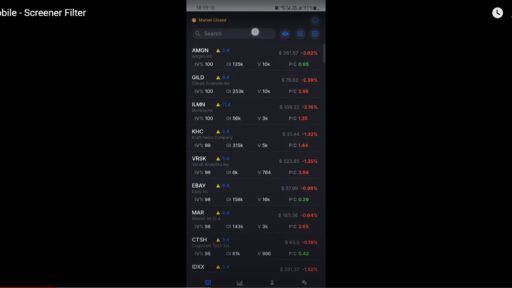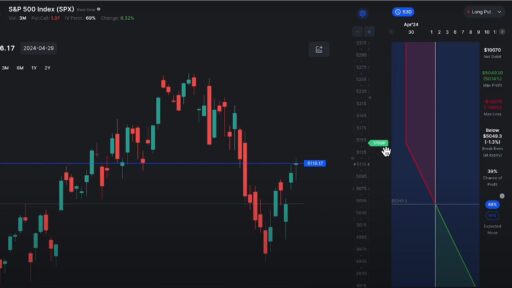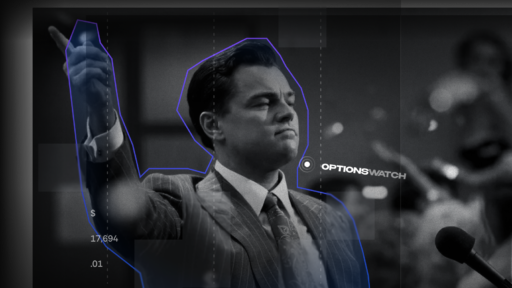Investors should have learned from the previous year that markets can be erratic, but with the appropriate tools and techniques, they do not have to be unprofitable. Whether you are responding to inflation news, Fed rate changes, or that crazy tweet which just moved a stock 10% in an hour, options trading offers you more ways to play the market.
If you’ve ever felt constrained by merely buying and selling equities, learning how to trade options could open up a world of possibilities—without needing to be a Wall Street pro.
We will discuss in this guide everything you need to know about trading options in today’s market, managing risk, and why platforms like TradeVision are simplifying starting point as ever.
How to Trade Options: Understanding the Basics
Before diving into trades, let’s clear the fog around what options actually are.
Options are financial contracts that give you the right (but not the obligation) to buy or sell a stock at a specific price before a certain date. Think of them like a reservation: you pay a fee (called a premium) to lock in the ability to make a move later.
There are two main types of options:
- Call options – You profit if the stock goes up.
- Put options – You profit if the stock goes down.
Example in Today’s Market
Let’s say you think Nvidia (NVDA) is going to surge after its next earnings report. Instead of buying the stock at $900/share, you could buy a call option for far less, giving you the right to buy at a specific price later. If NVDA does spike, your option could be worth several times what you paid.
That’s leverage. That’s the power of options.
How to Trade Options: Strategies That Work in 2025
Knowing how to trade options isn’t just about buying calls or puts and hoping for the best. It’s about using smart, risk-managed strategies—especially in the kind of volatile market we’ve seen in 2024 and 2025.
Here are three beginner-friendly strategies:
1. Covered Calls
Own 100 shares of a stock? Sell a call option against it. You collect a premium, and if the stock rises above your strike price, you still profit. It’s a great income-generating strategy in sideways markets.
2. Cash-Secured Puts
Want to buy a stock but at a lower price? Sell a put option at that price. If it drops, you get the stock you wanted—plus you collected a premium along the way.
3. Protective Puts
Worried about a market crash or major correction? Buy a put option as “insurance” on your long positions. It limits your downside while letting your stock grow.
Tools to Help You Trade Smarter
Timing and analysis are crucial. That’s where TradeVision shines. It offers real-time data, options screeners, and intuitive visuals to help you choose the right contracts—without getting lost in jargon. For beginners, their guided trade builder is especially helpful.

How to Trade Options: Reading the Market in 2025
The economic landscape in 2025 has been shaped by:
- Lingering inflation pressure
- AI-driven stock surges (Nvidia, Microsoft, AMD)
- Post-election fiscal policies
- Global supply chain shifts
These events affect volatility, and in turn, option pricing. Learning how to trade options effectively means paying attention to the VIX (Volatility Index), earnings dates, and macroeconomic indicators.
Trading Options Around Events
Options thrive on movement. Earnings calls, Fed announcements, and tech launches all create volatility—and opportunity. For example:
- Before Apple’s product event? Consider a straddle strategy.
- Anticipating rate cuts? Use calls on bank stocks or puts on bonds.
- Expecting weak earnings? Buy puts or use spreads to hedge risk.
Using platforms like TradeVision, you can set alerts, watch implied volatility, and plan entries and exits based on real-time sentiment data.
FAQs About How to Trade Options
Q1: Is options trading risky?
Yes—but only if you don’t know what you’re doing. Start with small positions and defined-risk strategies like spreads or covered calls.
Q2: Can I trade options with a small account?
Absolutely. Many brokers, including TradeVision, allow options trading with as little as $100. Just stick to basic strategies and avoid excessive leverage.
Q3: Do I need approval to trade options?
Yes. Most brokers will ask you to fill out a questionnaire to assess your experience before granting access.
Q4: Are options better than stocks?
Not necessarily better—just different. Options offer more flexibility and leverage, but also more complexity. They’re great for hedging, income, or strategic bets.
Q5: What’s the best time to start trading options?
Now. But start small, learn the fundamentals, and use a smart platform like TradeVision to guide your first steps.
Final Thoughts: Trade Smarter, Not Harder
Learning how to trade options is less about gambling and more about planning. It gives you a way to manage risk, generate income, and profit in both bullish and bearish markets.
If you’ve been watching the markets and thinking, “There has to be a smarter way to play this,” then options trading might be exactly what you’re looking for.
Start simple. Use real tools. And let platforms like TradeVision help you make smarter, more informed trades in real time—because in today’s fast-moving market, every edge counts.


